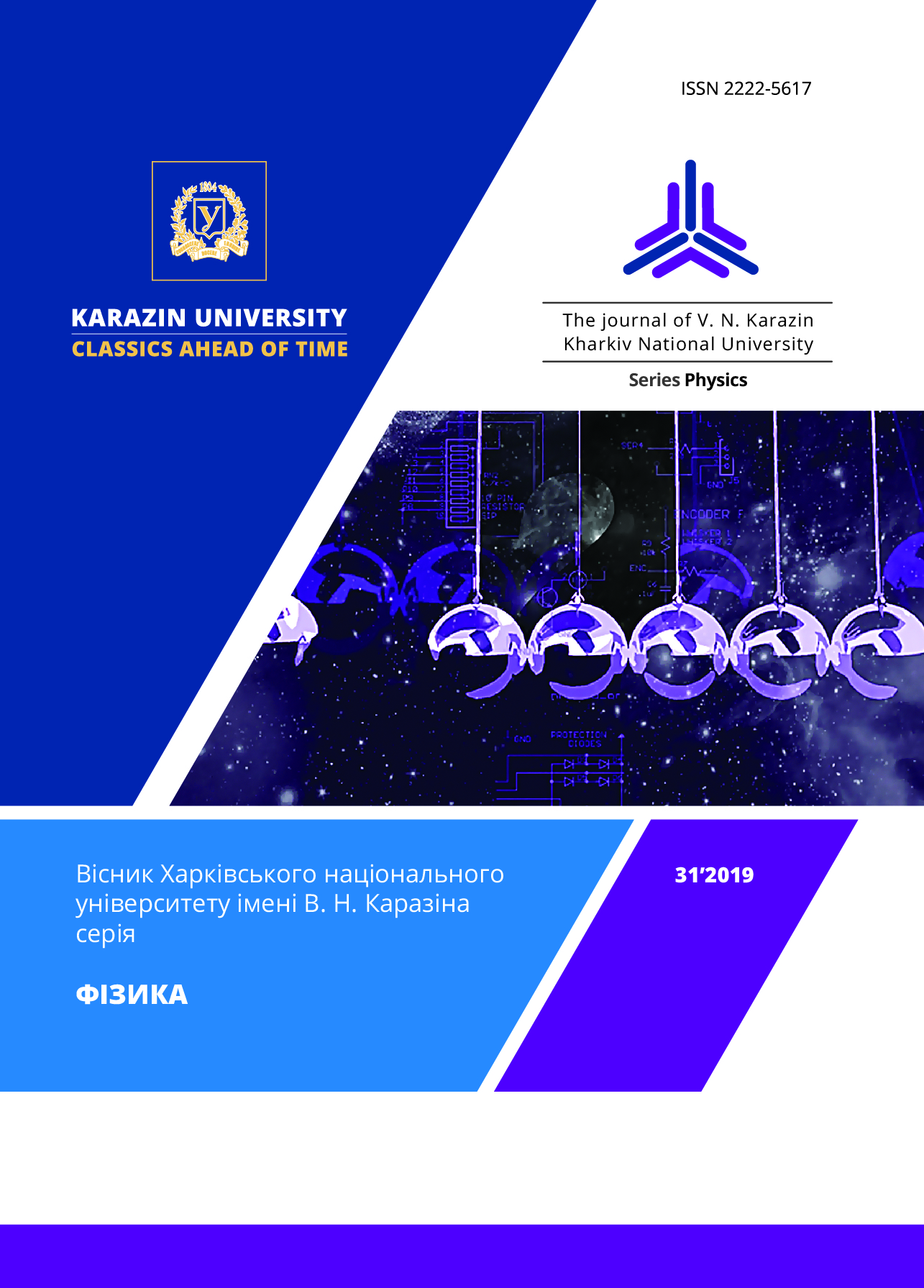Електроосмотичний тиск у процесі нанесення біосумісного покриття на внутрішні поверхні наноструктурованої кераміки
Анотація
Обговорюється роль ефекту електроосмосу в процесі електро-хімічного нанесення біосумісного покриття на внутрішні поверхні пористої нано-структурованої кераміки - матеріалу, що використовується для виготовлення ендопротезів і імплантів в медицині.
Біосумісність ендопротезів і імплантів з людським тілом забезпечується нанесенням спеціального покриття на внутрішні та зовнішні поверхні матеріалу-основи. Загальновизнаною хімічною сполукою, що використовується для формування зазначеного покриття, є гідроксиапатит Ca10(PO4)6(OH)2. Полікомпонентні керамічні матеріали, з яких виготовляють основу ендопротезів і імплантів, зазвичай отримують традиційним методом порошкової металургії – спіканням, тобто витримкою суміші порошків при підвищеній температурі в умовах дії всебічного тиску. Отриманий у такий спосіб матеріал, є полікристалом. Окрім цього, в структурі такого матеріалу є певна кількість пустот у вигляді окремих пор або їх об'єднань (капілярів).
В роботі показано, що використання як матеріала для виготовлення імплантів нано-структурованих керамічних матеріалів з характерним середнім розміром структурних елементів (зерен, пор та їх скупчень) порядку ≈(10–9–10–7)м може зумовити більшу ефективність процесу електрохімічного нанесення біосумісного покриття на них, оскільки великий електроосмотіческій тиск, що виникає в капілярах, призводить до більшого ступеня заповнення пористої системи електролітом.
Величину електроосмотичного тиску можна збільшити шляхом підвищення напруженості діючого електричного поля або шляхом зменшення значення діелектричної проникності електроліту ε при введенні в електроліт додаткових хімічних добавок.
Максимальний ступінь заповнення порожніх каналів (капілярів) електролітом, а, отже, і ефективність нанесення біосумісного покриття на внутрішні поверхні кераміки при використанні електрохімічного методу, досягається при повній відкритості капілярної системи матеріалу.
Завантаження
Посилання
C W. Barsoum, Prog. Solid St. Chem., 28, 201 (2000).
I. Salama, T. El- Raghly, W. Barsoum, Journ. of Alloys and Comp., 347, 1 – 2 , 271 (2002).
A. A. Smetkin, Yu. K. Majorova, Vestnik PNIPU, 17, 120 (2015).
M. A. Hadi, R. V. Vovk, A. Chroneos, J. Mater. Science: Mater. Elektron., 27, 11925 (2016).
M. A. Hadi, M. Roknuzzaman, A. Chroneos, S. H. Naqib, A. K. Islam, R. V. Vovk,
K. Ostrikov, Comput. Mater. Science, 137, 318 (2017).
J. Katic, M. Metikos – Hukovic, R. Babic, J. Appl. Electrochem., 44, 87 (2014).
Ju. I. Boyko, Vestnik HNU, Physic, 15, 54 (2011).
V. Skorohod, S. M. Solonin, Metall. Sintering, Moskow, (1984).
P. V. Istomin, A. V. Nadutkin, Ju. I. Riabkov, B. A. Goldin, Neorg. Materials, 42, 292 (2006).
R. V. Vovk, N. M. Prokopiv,V. A. Chishkala, M. V. Kislitsa, Functional Materials, 25, 43 (2018).
M. Ashby, R. Verral, Acta Metall, 21, 149 (1973).
V. М. Finkel, Fizika razrusheniya, Moskva, Metallurgiya (1970).
X. Lin, K, Groot, D. Wang, Q. Hu, D. Wismeijer, Y. Liu, The Open Biomedical Engineering Journal, 9, 56 (2015).
M. Smoluchowski, Handbuch der Electrizitat and Magnetismus, 2, Leipzig (1959).
J. Newman, Elektrohimicheskiye sistemy, «Mir», Moskva (1977).
L. I. Antropov, Teoreticheskaya elektrohimiya, «Vyshaya shkola», Moskva (1975).
Ya. I. Frenkel, Kineticheskaya teoriya zhidkostej, Leningrad, «Nauka» (1975).
Ju. I. Boyko, Vestnik HNU, Physics, 18, 20 (2013).








3.gif)
